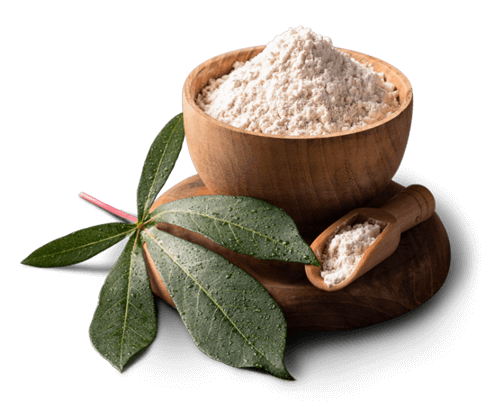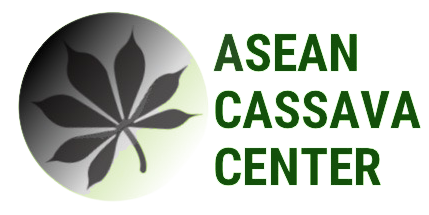Myanmar: Starch Production Information

Cassava Starch Processing
Cassava starch processing in Myanmar primarily takes place in Ayeyarwaddy Region and Kachin State. Yuzana Company Ltd. operates a modern factory in Kachin State with a daily processing capacity of 600 MT, supported by its cassava farm spanning around 20,000 hectares. In Ayeyarwaddy Region, specific townships such as Kyonpyaw, Lay-Myat-Hnar, and Hintharda are involved in the production of native cassava starch, distributed nationwide. Over 150 small starch factories operate seasonally during harvest, with capacities ranging from 2 to 10 tons of starch per day. These factories vary in terms of capacity, type, and size. Cassava processing involves various machines, including root washing, rasping, starch extraction, sedimentation, and fine powder grinding.
The main problems in Myanmar's cassava starch production industry include:
the lack of modern machinery and factories, limited financial access for investing in machines, and unstable cassava root and starch prices.
Opportunity, barrier or driving force from Government Policy
Opportunities arise from government support for the agricultural sector, recognition of cassava as an important crop for export by UMFCCI, and interest from international buyers and traders. Barriers include the small cassava cultivation area in Myanmar compared to other crops and the lack of data and information about cassava. Driving forces include cooperation between farmers, the cassava association, and government organizations, changing cassava varieties, and government encouragement to explore new agricultural exports. While there is no modern technology application for starch processing, innovation and modern technology adoption can be promoted in cassava cultivation in Myanmar.
Strategies for knowledge and technology transfer:
include local and TOT training, online platforms for sharing knowledge, regular meetings for collaboration, and expanding the National Cassava Center and network.
SWOT Analysis
Strengths in Myanmar's cassava industry include an established association, minimal pest and disease issues, ample land resources, and export potential. Weaknesses consist of poor inter-ministerial collaboration, limited government support for technology dissemination, a lack of industry strategy, reliance on low-yield local varieties, and limited technology use in processing. Opportunities include improved credit access, farmer empowerment, and sustainable and eco-friendly cassava production. Threats encompass research and human resource shortages, environmental concerns from processing waste, and insufficient government leadership in the cassava sector. These factors shape the landscape of cassava cultivation in Myanmar.
